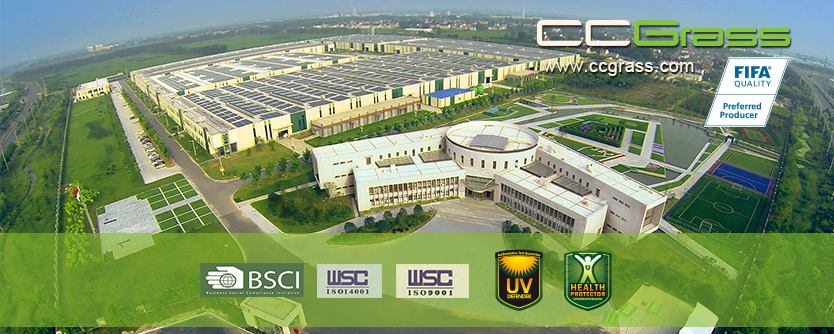Global Synthetic Turf Questions
- 08/25/2020
As the world copes with the massive impact of the Covid 19 pandemic, our industry has, like many others, been affected. From January 2020, when synthetic turf sports and leisure markets were expected to grow by a combined average exceeding 10%, we can now expect to see a small drop in volumes produced, especially in the sports sector.
It is clear that certain countries have been hit far harder, with South America and southern Europe seeing a similar impact to 2008 and 2009, when the world largely moved into recession. This has hit hardest in sport, where funding has dried up and has been diverted into other areas. In some markets, despite many projects continuing, where funding was already in place, we are seeing an overall drop in sports turf installations. Perhaps the longer and more serious impact will not be felt until 2021.
In addition to the Covid 19 impact, some markets have also been affected by the micro plastic question. This has seen different responses, with club projects using more expensive, alternative infills, such as cork, and some markets removing the performance infill completely, to save money. The latter may still mean a football surface can be delivered, but that it won’t meet FIFA requirements.
For synthetic turf producers the impact of Covid 19 has varied. Most producers have countries where their sales are stronger and they have more influence, but when that market has reduced its requirements significantly, the turf producer has been impacted. Likewise, where a turf producer is largely focussed on sport, it will be at greater risk than those with a balanced production base.
Conversely, some producers have seen unexpected pressure to meet the sudden demand for more landscape turf. This has been caused by the postponement of orders during early lockdown and the surprising increase in back garden synthetic turf sales, once lockdown restrictions were relaxed. With China supplying much of the global landscape turf, and both European and American producers more focussed on sport, it has created a “winners and losers” market.
With a few months of 2020 still to go, and fears of second wave Covid 19 cases increasing, producers are facing an uncertainty in predicting what the future looks like. The 10% plus growth may not happen in 2020, but lost sales may see a higher percentage growth in 2021.
The general view is that this is unlikely, but who knows?





